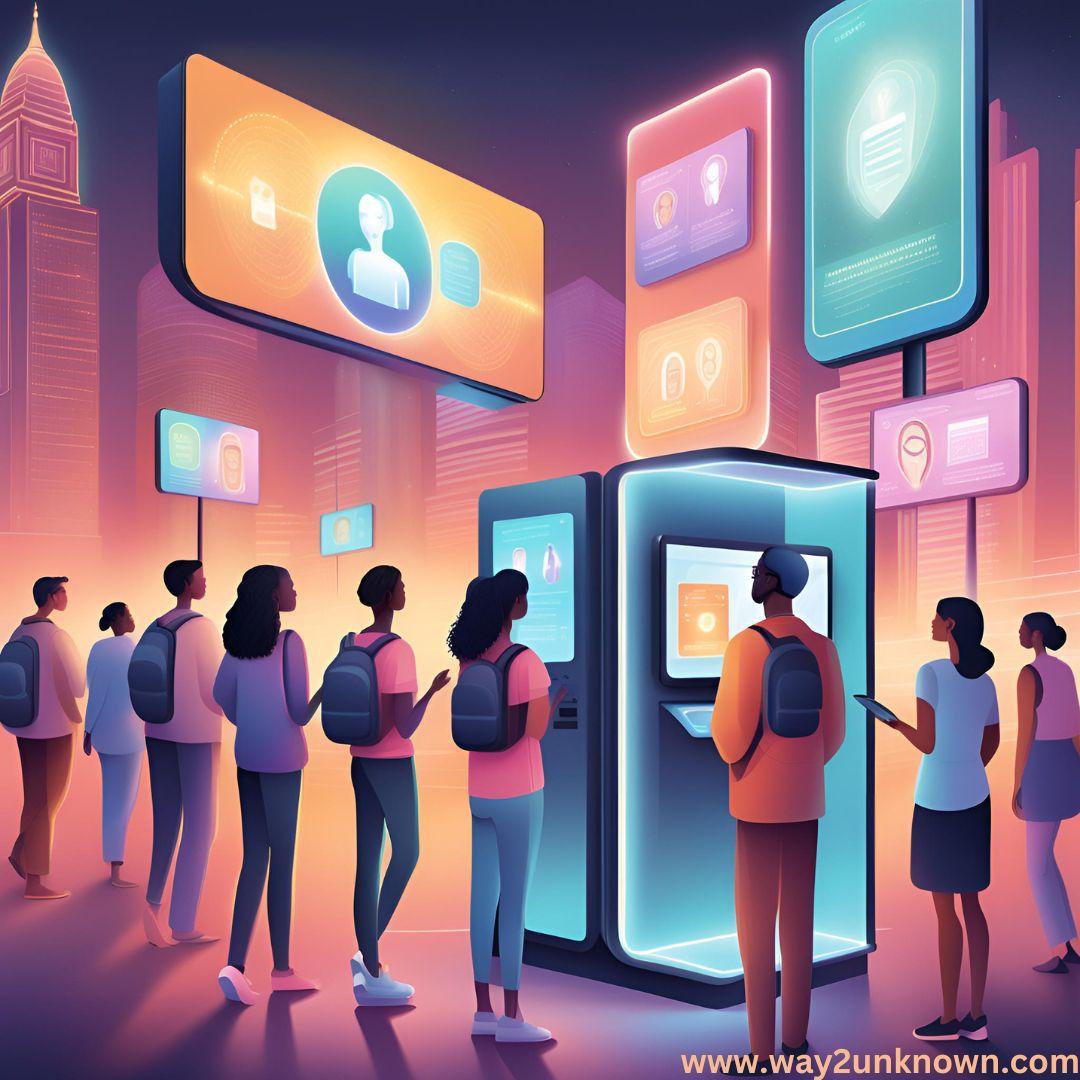AI-Driven Public Service Delivery: Enhancing Efficiency and Accessibility

Artificial Intelligence (AI) is revolutionizing various sectors, and the government is no exception. The potential of AI to streamline and improve the delivery of public services is vast, offering benefits such as enhanced efficiency, accuracy, and accessibility. By leveraging AI, governments can provide faster, more reliable, and personalized services to their citizens.
One of the most significant advantages of AI in public services is its ability to automate routine tasks. Processes such as handling inquiries, processing applications, and managing records can be automated using AI-powered chatbots and robotic process automation (RPA). These technologies can operate around the clock, ensuring that citizens receive prompt responses and reducing the workload on human employees. This not only improves service delivery speed but also allows government employees to focus on more complex tasks that require human judgment and expertise.
AI also excels in data analysis, enabling governments to make informed decisions based on real-time data. By analyzing vast amounts of data from various sources, AI can identify trends, predict outcomes, and suggest optimal solutions. For example, AI can help in managing public health by predicting disease outbreaks and allocating resources efficiently. It can also be used in social services to identify individuals in need of assistance and tailor support programs accordingly.
Personalization is another area where AI can significantly enhance public services. By understanding individual preferences and needs, AI can customize interactions and services for each citizen. This can range from personalized communication, such as reminders for appointments, to tailored services like job matching for unemployed individuals. Personalization ensures that citizens receive relevant and timely assistance, improving overall satisfaction with public services.
Furthermore, AI can enhance accessibility for all citizens, including those with disabilities. Voice recognition and natural language processing technologies can make it easier for individuals with visual or hearing impairments to interact with public services. AI-driven applications can also provide translations and interpretations, breaking down language barriers and ensuring that everyone can access vital services.
In conclusion, AI holds immense potential to transform the delivery of public services. By automating routine tasks, enhancing data analysis, personalizing interactions, and improving accessibility, AI can make public services more efficient, accurate, and citizen-centric. As governments continue to embrace AI, the future promises a more responsive and effective public service landscape.